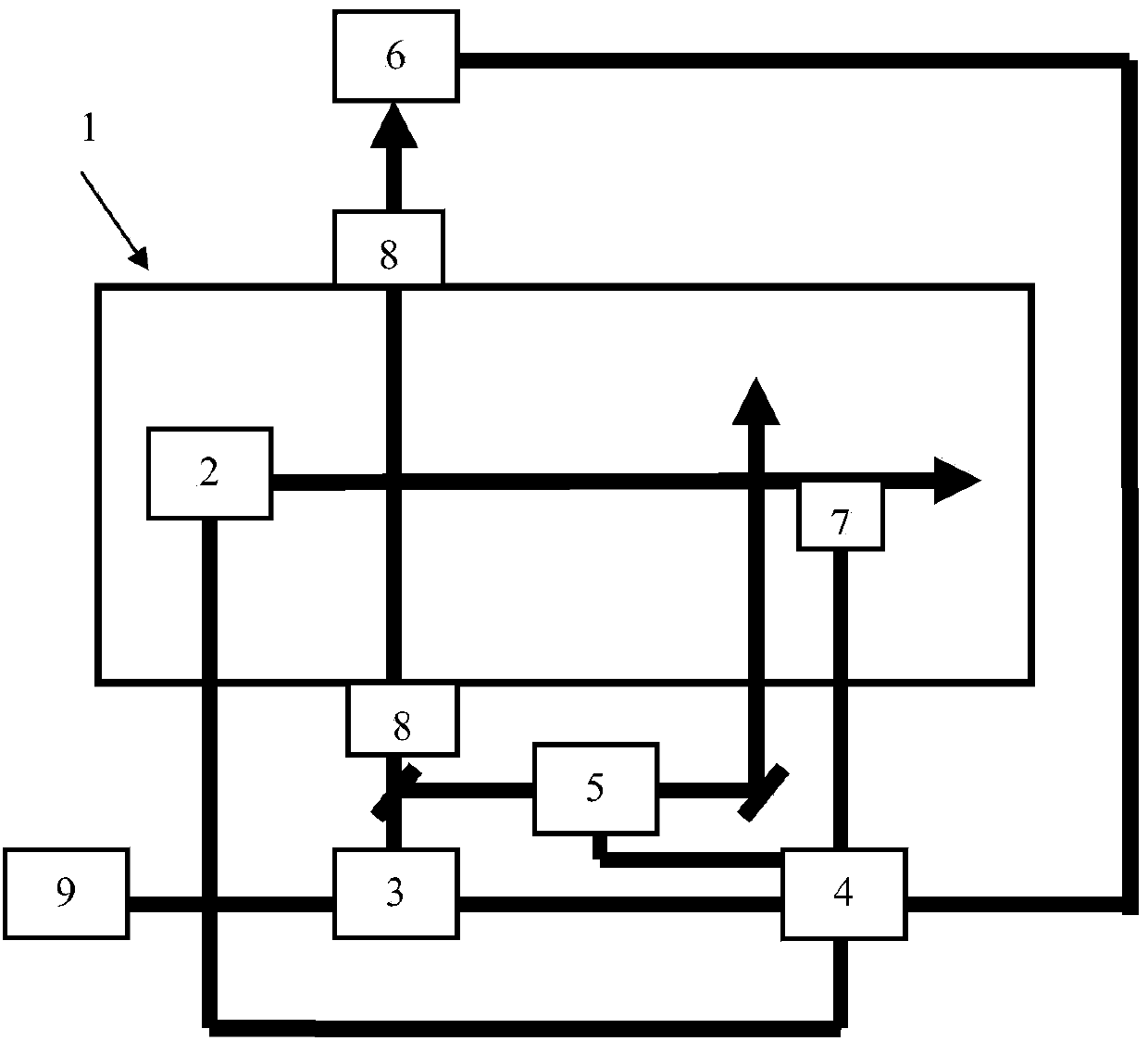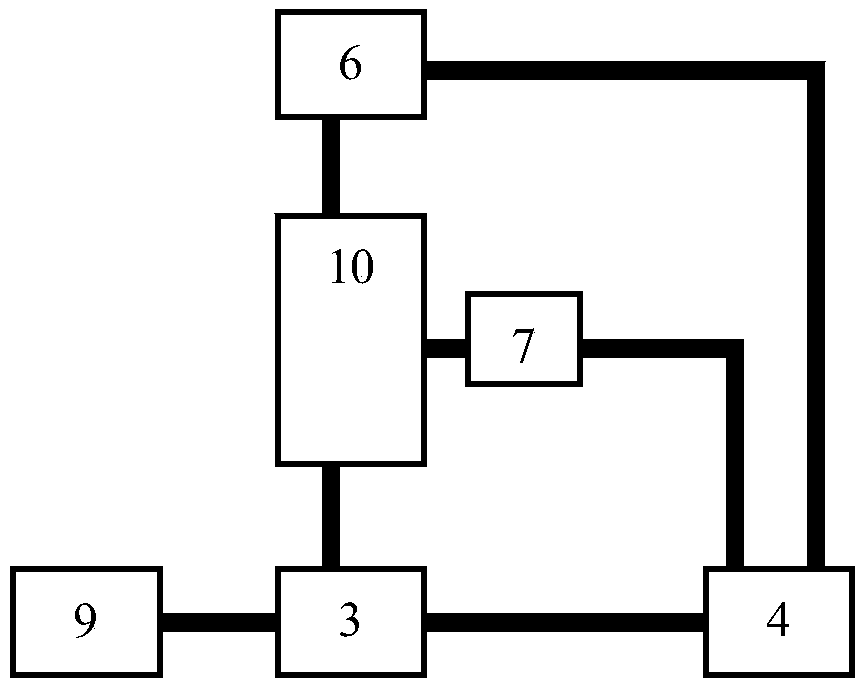Single electron atom light clock and preparation method thereof
A single-electron, atomic technology, applied in the field of optical frequency atomic clock, single-electron atomic optical clock and its preparation
- Summary
- Abstract
- Description
- Claims
- Application Information
AI Technical Summary
Problems solved by technology
Method used
Image
Examples
preparation example Construction
[0086] In addition, the present invention also provides a preparation method of a single-electron atomic optical clock, which includes the following steps:
[0087] Step S1: Prepare a vacuum chamber 1, and control its vacuum degree to be better than 10 through a control circuit device 4 -4 The degree of Torr; two light windows 8 are set on the vacuum chamber 1, and the two light windows 8 are correspondingly set on the cavity body of the vacuum chamber 1, so as to provide the laser output beam for the transmission laser 3 path of;
[0088] Step S2: Prepare a single-electron atomic beam generating device 2, which is arranged in the vacuum chamber 1 for generating a single-electron atomic beam; the emission of the single-electron atomic beam generated by the single-electron atomic beam generating device 2 The direction is perpendicular to the laser output beam incident and transmitted through the optical window group;
[0089] Step S3: Prepare a laser 3, which is arranged outs...
Embodiment
[0111] figure 1 It is a schematic diagram of the structure of a cesium atomic optical clock according to an embodiment of the present invention. The cesium atomic optical clock includes: a vacuum cavity and a vacuum pump system 1, an atomic furnace 2, a laser 3, a control circuit device 4, a frequency regulator 5, detectors 6 and 7, an optical window 8, and an optical comb 9.
[0112] After the vacuum in the vacuum chamber 1 is maintained under the required conditions, the control circuit device 4 heats and controls the temperature of the cesium atomic furnace 2 at about 100 degrees Celsius, and the furnace temperature control accuracy reaches 0.1 degrees Celsius, forming an atomic beam with stable intensity. The control circuit device 4 performs precise control on the temperature and current of the semiconductor laser 3 and the voltage of the piezoelectric ceramic for adjusting the length of the laser cavity, as well as the frequency regulator 5 to form a stable frequency. W...
PUM
| Property | Measurement | Unit |
|---|---|---|
| Wavelength | aaaaa | aaaaa |
| Wavelength | aaaaa | aaaaa |
Abstract
Description
Claims
Application Information
 Login to View More
Login to View More - R&D
- Intellectual Property
- Life Sciences
- Materials
- Tech Scout
- Unparalleled Data Quality
- Higher Quality Content
- 60% Fewer Hallucinations
Browse by: Latest US Patents, China's latest patents, Technical Efficacy Thesaurus, Application Domain, Technology Topic, Popular Technical Reports.
© 2025 PatSnap. All rights reserved.Legal|Privacy policy|Modern Slavery Act Transparency Statement|Sitemap|About US| Contact US: help@patsnap.com


